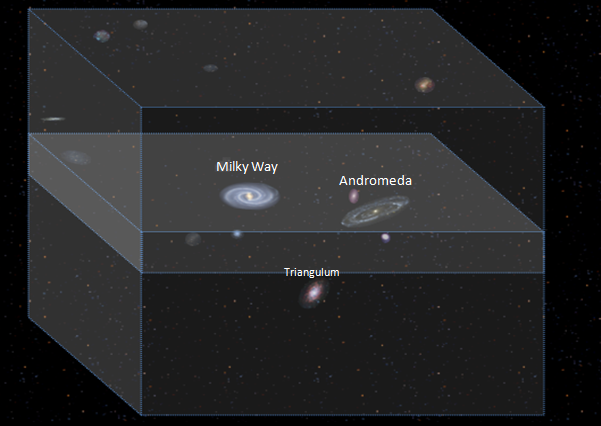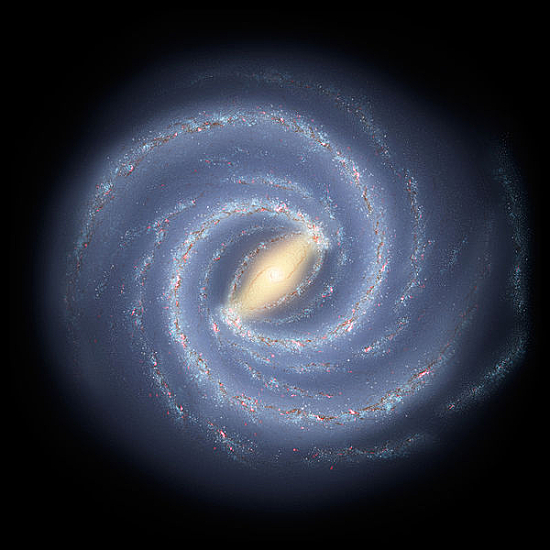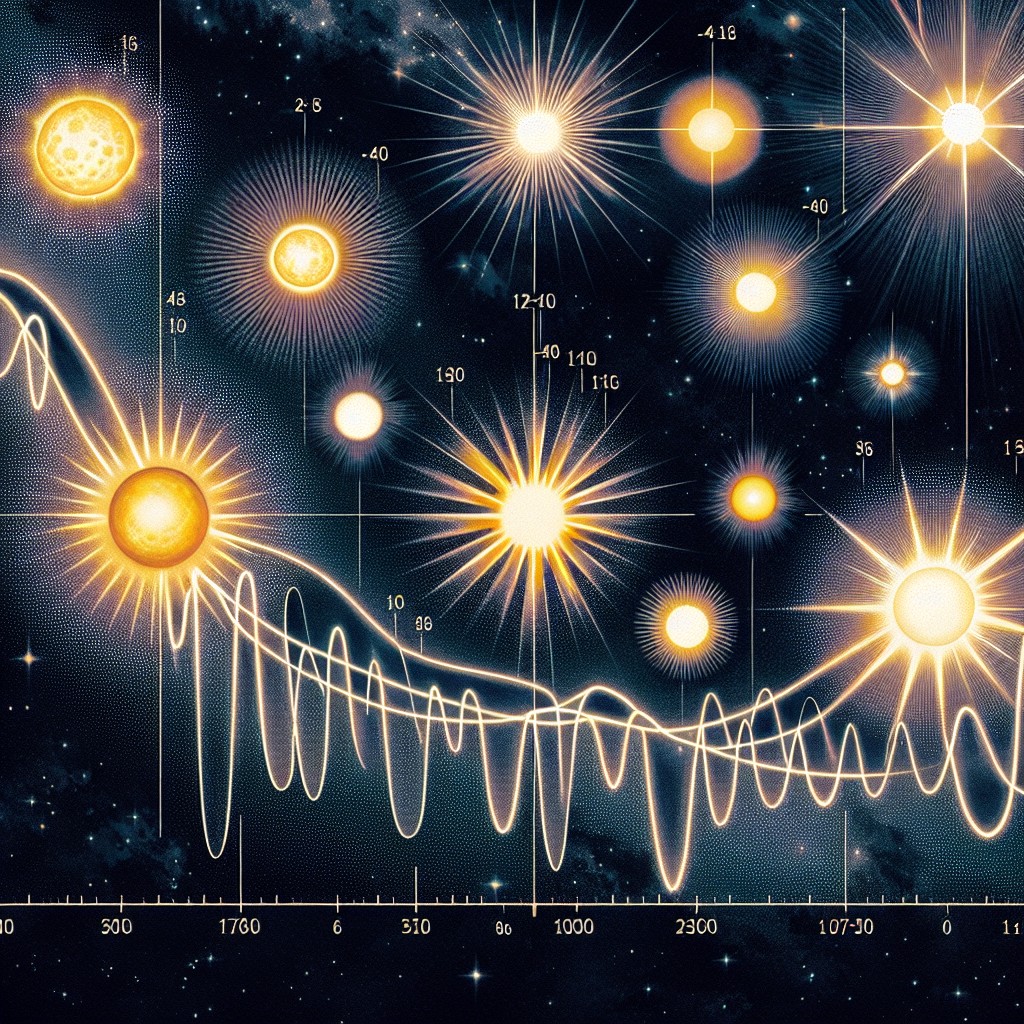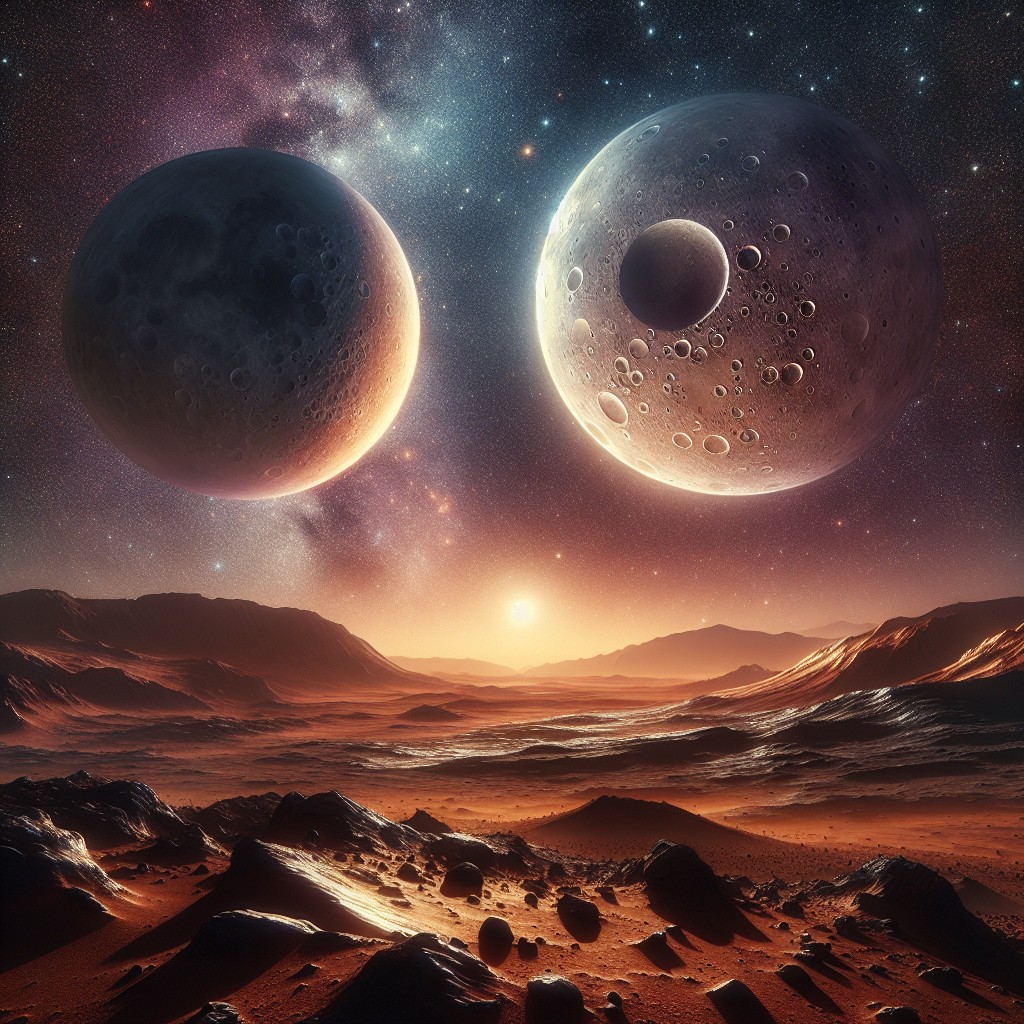The Local galactic group is the term we use for a group of over thirty galaxies in our local vicinity.
What is our Local Galactic Group?
Which Galaxies makeup our Local Galactic Group?
The Triangulum spiral Galaxy (M33)
Galaxies in our Local Group – Quick Reference
What is our Local Galactic Group?
Galaxies in a super cluster are not spread evenly but seem to be clumped together due to gravity into groups. The Local group is the term we use for a group of over thirty galaxies in our local vicinity (although various sources suggest more member galaxies these are not confirmed) and our group was first recognised by American astronomer and physicist Edwin Hubble.
Which Galaxies makeup our Local Galactic Group?
The two main Galaxies within our group are the Milky Way galaxy and the Andromeda galaxy (M31), each with their own surrounding group of smaller galaxies drawn in by the massive gravitational pull of these giants.
Evidence suggests that these two very large galaxies were formed from absorption and culminations of smaller galaxies1. Observations of our two galaxies also suggest that they are being drawn closer together at a speed of 300km (or 180mi) a second and one day, in about several billion years from now, they too will merge as one super galaxy. This process will not happen quickly and it will take over about 2 billion years2 for the unity to be complete.
Another smaller but still very large galaxy (third largest of the group but about half the size of the Milky Way Galaxy) is the Triangulum Galaxy (M33) which may also one day be consumed by either galaxy before they unite2.
Milky Way Group
Some of the many galaxies that surround and orbit our Milky Way Galaxy are the Large Magellan Cloud (LMC), the Small Magellan Cloud or SMC (both named after the Portuguese explorer Ferdinand Magellan), the Sagittarius Dwarf Elliptical Galaxy (SagDEG), the Canis Major Dwarf, as well as Ursa Minor Dwarf, Draco Dwarf, Carina Dwarf, Sextans dwarf, Sculptor Dwarf, Fornax Dwarf, Leo I Dwarf and Leo II.
Andromeda
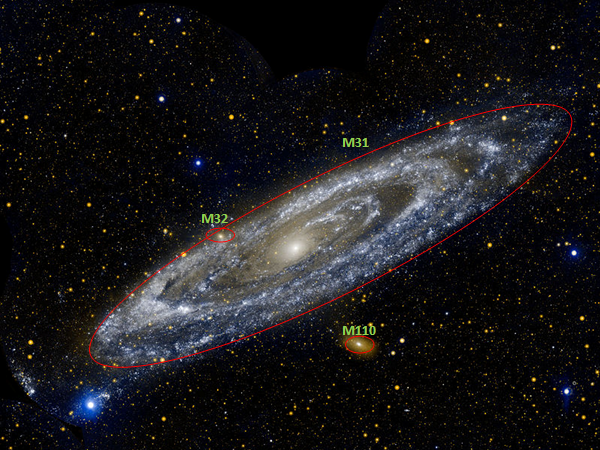
Galaxies that surround and orbit the M31 Andromeda Galaxy are M32 and M110 as shown in the image above (image credit NASA). Also NGC 147, NGC 185, as well as ‘And I – And X series.
The Triangulum spiral Galaxy (M33)
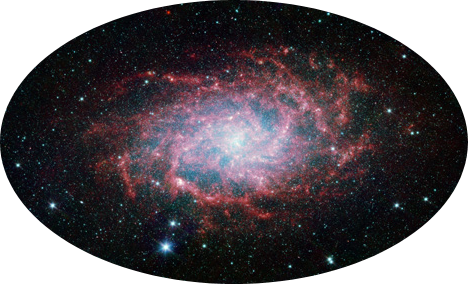
The Triangulum spiral M33, is believed to have the dwarf LGS 3 orbiting it although this is not confirmed. It has also been suggested but not proven that the Triangulum Galaxy itself may be orbiting the Milky Way galaxy as a satellite.
Galaxies in our Local Group – Quick Reference
Name
Type
Absolute Magnitude
Distance in 1000 light years (ly)
Diameter in 1000 light years (ly)
Milky Way
Barred Spiral
-20.5
100
LMG
Barred Spiral
-18.5
169
30
SMG
Barred Spiral
-16.8
190
16
Ursa Minor
Dwarf Elliptical
-8.8
250
2
Draco
Dwarf Elliptical
-8.6
250
3
Sculptor
Dwarf Elliptical
-11.7
280
5
Fornax
Dwarf Elliptical
-13.6
420
7
Leo I
Dwarf Elliptical
-11.0
750
2
Leo II
Dwarf Elliptical
-9.4
750
3
Andromeda
Spiral
-21.1
2,500
130
Triangulum
Spiral
-18.9
2,900
52
Ref:
1: http://hubblesite.org/newscenter/archive/releases/galaxy/2013/07/
2: http://astrobites.org/2012/06/01/the-fate-of-the-milky-way/
